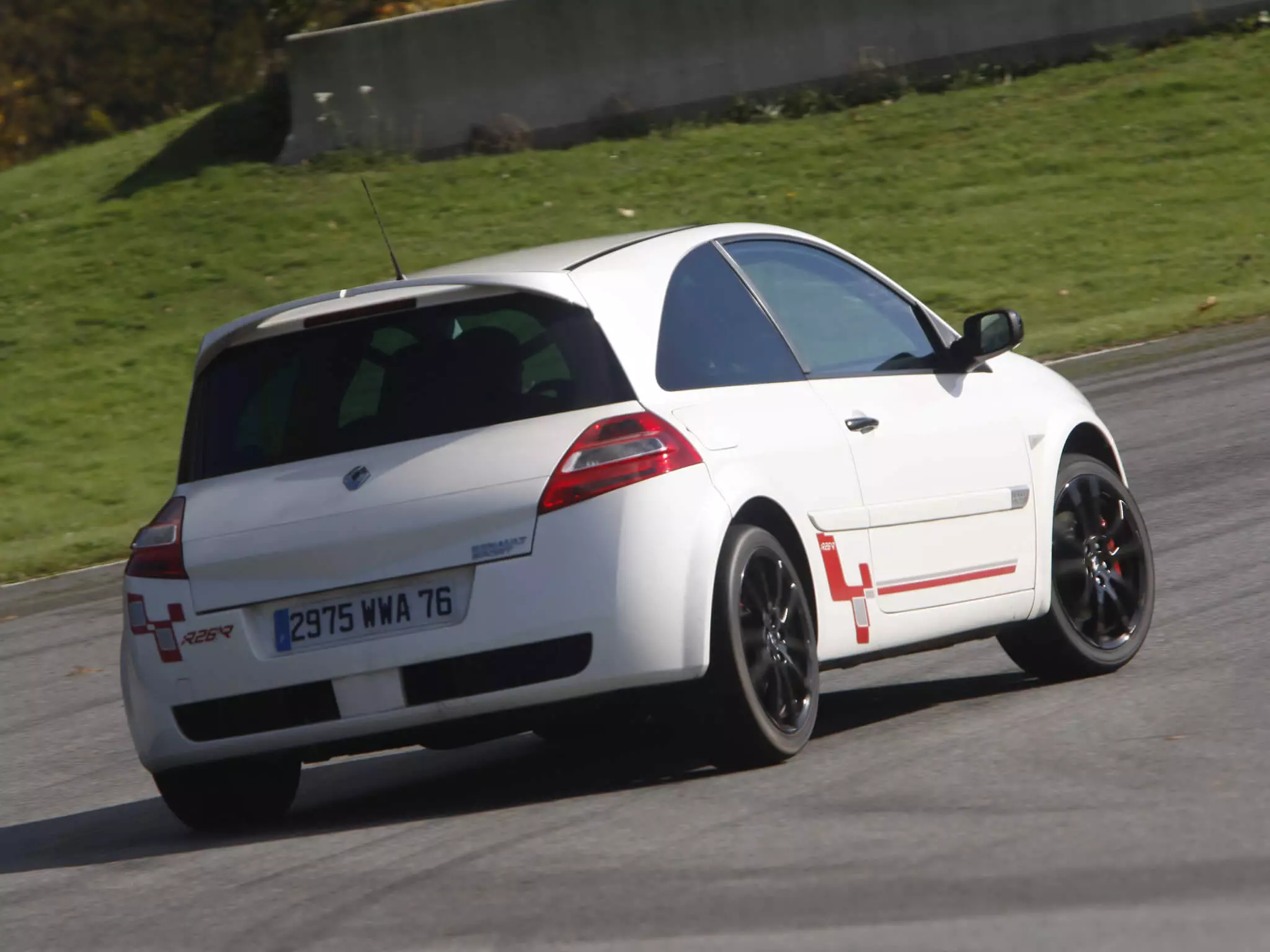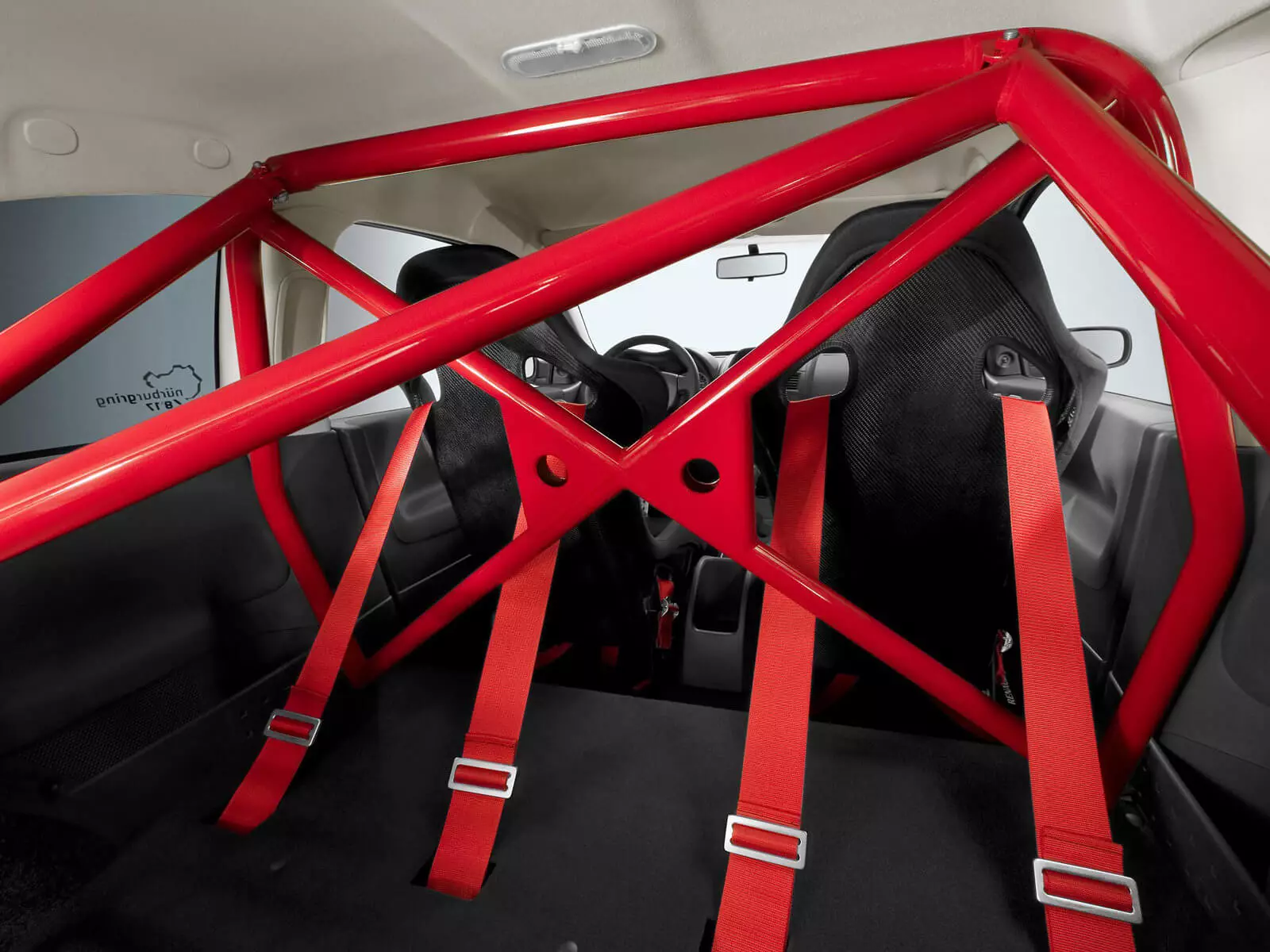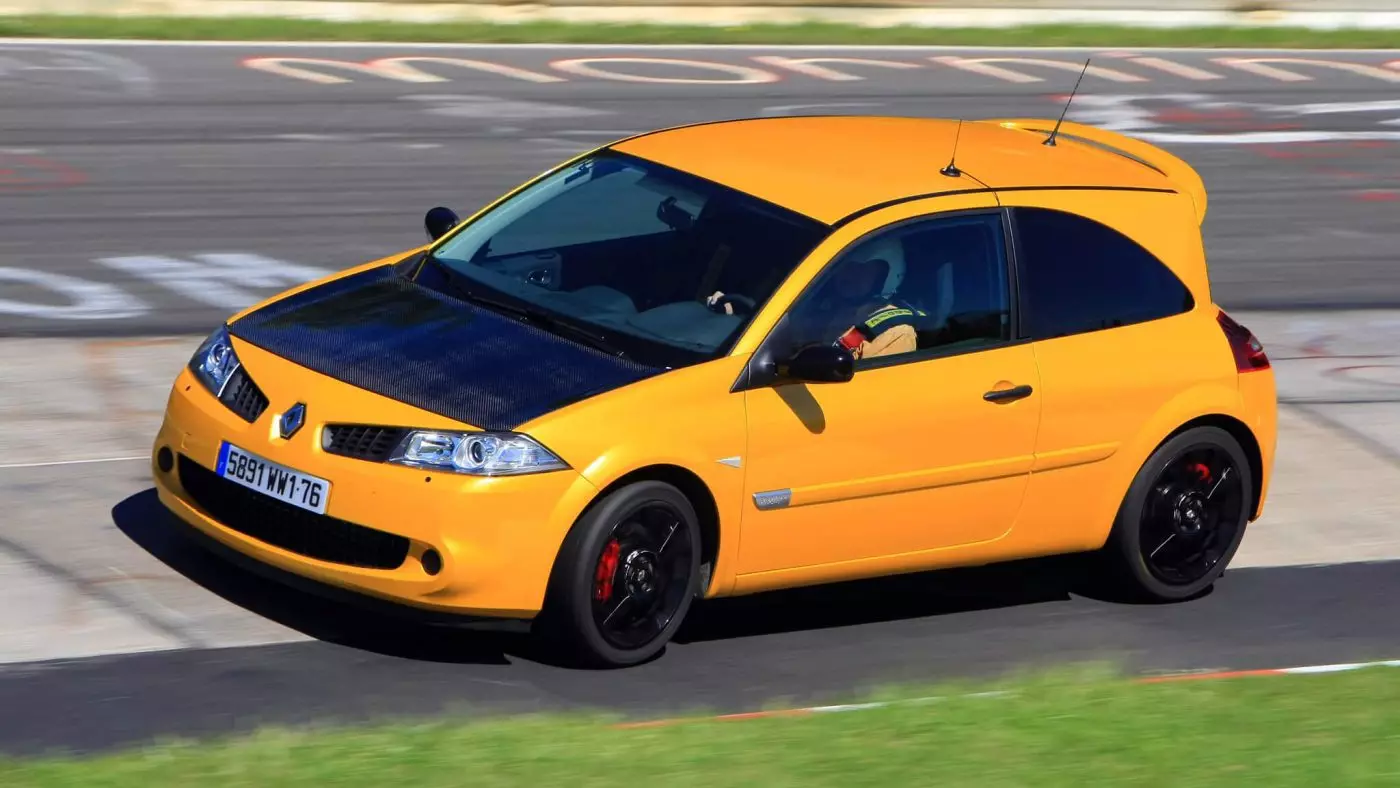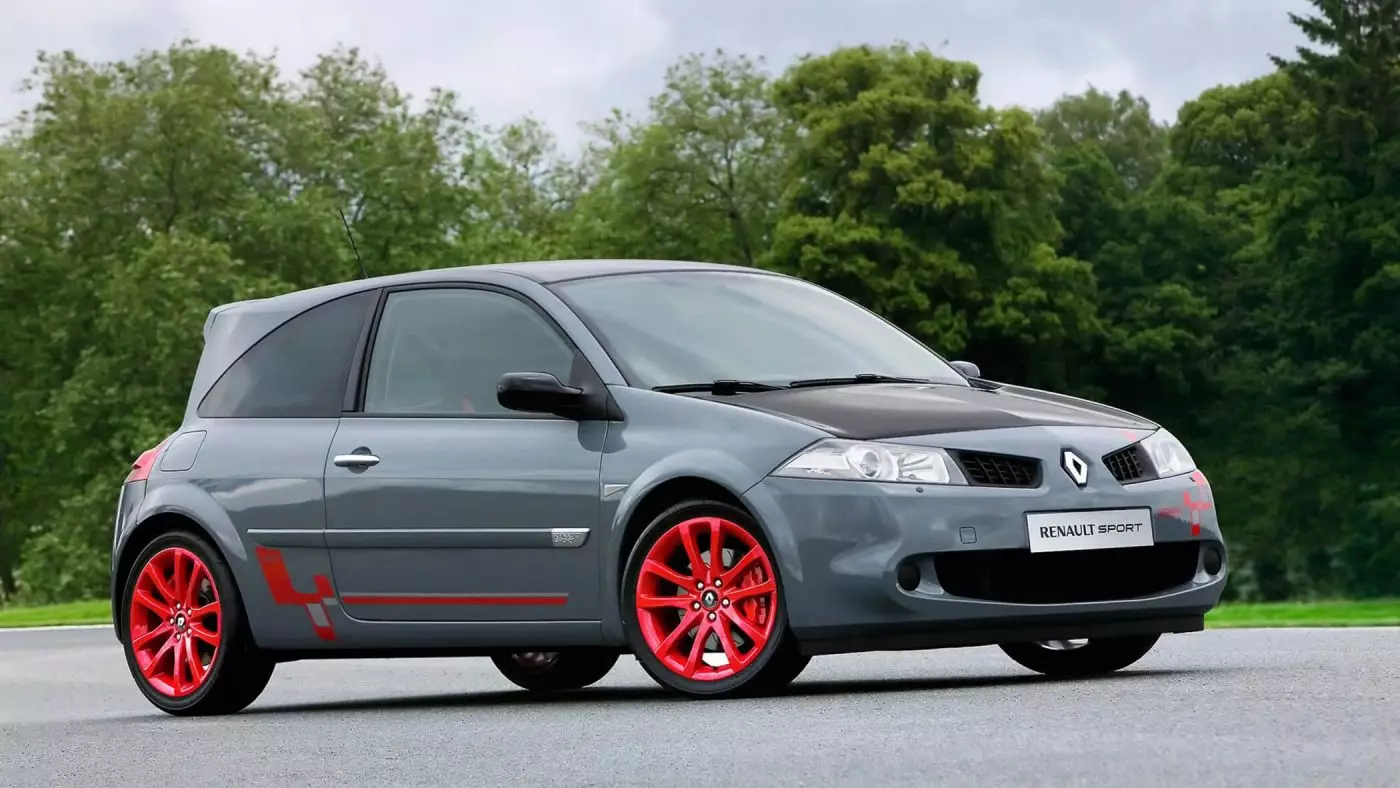It was with the second generation of the Renault Mégane (launched in 2002) that the journey of one of the best hot hatches ever began — the Renault Mégane R.S. , the hot hatch that would be the unavoidable reference and target to be slaughtered for a dozen years.
Launched in 2004, Mégane R.S. was not automatically considered the dominant force in the segment. The recipe has been optimized over the years — shock absorbers, springs, steering, brakes and even the wheels, continued to be carefully “tuned” until it became the reference it is today.
The engine, that one, was always the same, but it wasn't unharmed either. The F4RT block — 2.0 liters, in-line four cylinders, turbo — started with 225 hp at 5500 rpm and 300 Nm at 3000 rpm. In this first phase, it would later reach 230 hp and 310 Nm. Always coupled to a manual six-speed manual gearbox, it was enough to catapult its 1375 kg (DIN) up to 100 km/h in just 6.5s and reach the 236 km/h top speed.

The hot hatch 911 GT3 RS
But if there's any reason we like the Renault Sport, it's because it's full of enthusiasts like us. Not content with all the changes made, culminating in the R.S. 230 Renault F1 Team R26 — 22 kg lighter than the regular R.S., improved Cup chassis — they forgot all rationality and common sense, originating the radical Renault Mégane R.S. R26.R in 2008.Why radical? Well, because they basically designed the hot hatch Porsche 911 GT3 RS. In other words, everything that was done was in the name of extracting all the performance possible to achieve that hundredth of a second less on any circuit, but, curiously, the engine remained untouchable.
crash diet
Everything that didn't matter has been removed — weight is the enemy of performance. Outside were the rear seat and seat belts — in their place there could have been a roll cage —, airbags (except for the driver), automatic air conditioning, rear window brush and nozzle, fog lights, washers -headlights, and most of the soundproofing.

But they didn't stop there. The hood was made of carbon (−7.5 kg), the rear windows and rear window made of polycarbonate (−5.7 kg), the seats had carbon fiber backs and the frame was made of aluminum (−25 kg) and you could still save a few more kilos if you opted for the titanium exhaust.
Result: 123 kg less (!), standing at a meager 1230 kg . Accelerations improved slightly (−0.5s to 100 km/h), but it would be the lower mass and the consequent adjustments made to the chassis that would make the Renault Mégane R.S. R26.R a corner eater like few others.

The dynamic superiority of the Mégane R.S. R26.R would be demonstrated that same year when it managed to become in the fastest front wheel drive on the Nürburgring circuit, with a time of 8min17s.
The 10 years of life (NDR: at the time of the original publication of the article) must be celebrated of the R26.R, whose production was limited to just 450 units — the extreme focus applied to achieving greater performance, without simply adding more horses , is what makes it a true icon for performance.

About "Glories of the Past" . It is the section of Razão Automóvel dedicated to models and versions that somehow stood out. We like to remember the machines that once made us dream. Join us on this journey through time here at Razão Automóvel.
